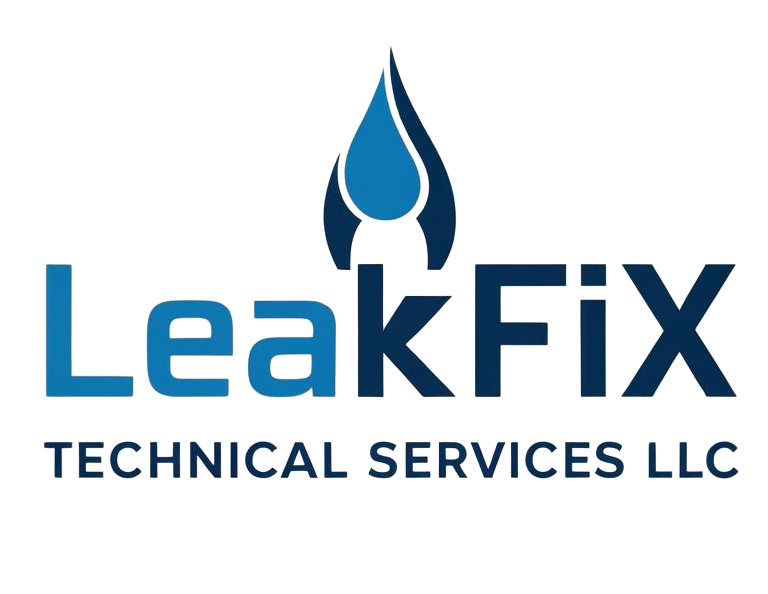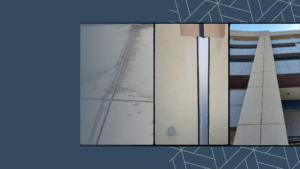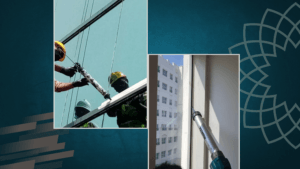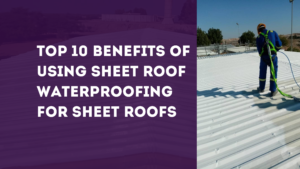When it comes to protecting your property, waterproofing is one of the smartest investments you can make. Whether you’re a homeowner, property manager, or business owner, waterproofing shields your building from moisture damage, mold, and costly repairs. But despite its importance, there are plenty of myths floating around that lead people to delay or skip proper waterproofing altogether — and this can seriously cost you.
In this blog, we’ll break down some of the most common waterproofing myths and show you why believing them can burn a hole in your pocket.
Myth #1: “Waterproofing Is Only Needed for Old Buildings”
One of the biggest misconceptions is that waterproofing is only necessary for aging homes or worn-out buildings. The truth is — every structure, no matter how new, is vulnerable to water infiltration.
Modern construction techniques are not immune to cracks, faulty seals, and design oversights. Skipping waterproofing on a new property can leave you exposed to leaks and moisture damage before you even know it. Preventative waterproofing is always cheaper than repairs later on.
Myth #2: “A Fresh Coat of Paint Is Enough to Waterproof Walls”
Many homeowners believe that a coat of paint is a magic shield against moisture. Unfortunately, paint may look clean and neat, but it’s not a waterproofing solution. Paint is more of a surface cover that can’t withstand hydrostatic pressure or seal structural cracks.
Without a proper waterproofing membrane or treatment, moisture will still find its way behind your walls, causing bubbling paint, mold, and long-term structural issues.
Myth #3: “Waterproofing Is Too Expensive”
It’s easy to think of waterproofing as an added expense — especially if you’re not seeing water damage yet. But the real question is: can you afford the cost of NOT waterproofing?
When water infiltrates your building, it weakens foundations, rots wood, damages insulation, and invites mold infestations. Repairing these problems can cost 5 to 10 times more than proactive waterproofing.
In short: waterproofing is an investment, not an expense.
Myth #4: “Only Roofs Need Waterproofing”
The roof isn’t the only area at risk for leaks. Water can seep in through:
- Foundations
- Basements
- Bathrooms
- Balconies
- Walls
- Windows
- Lift pits
Ignoring these areas can lead to serious issues. A complete waterproofing plan covers every possible water entry point, not just the roof.
Myth #5: “Once Waterproofed, Always Waterproofed”
Many people assume that once a property is waterproofed, it will stay protected forever. Unfortunately, waterproofing systems wear down over time due to exposure to sun, rain, and temperature changes.
Regular inspections and maintenance are essential. Skipping this step could result in silent damage that only becomes obvious when the repair costs skyrocket.
Myth #6: “DIY Waterproofing Is Just as Effective as Professional Work”
DIY solutions, like applying sealants or patching visible cracks, might offer short-term relief but don’t compare to professional waterproofing systems. Professionals assess the root cause, apply industry-grade materials, and ensure long-term performance.
When it comes to waterproofing, cutting corners often leads to bigger bills later.
The Bottom Line
Waterproofing is not just an optional upgrade; it’s a crucial part of property maintenance and protection. Falling for these myths can lead to expensive damage, decreased property value, and even health hazards like mold.
Investing in the right waterproofing system early — and partnering with experienced professionals — saves you money, time, and stress in the long run.
If you want peace of mind knowing your property is safe from water damage, don’t let these myths fool you. Consult a trusted waterproofing expert today and secure your investment before small leaks turn into major disasters!






